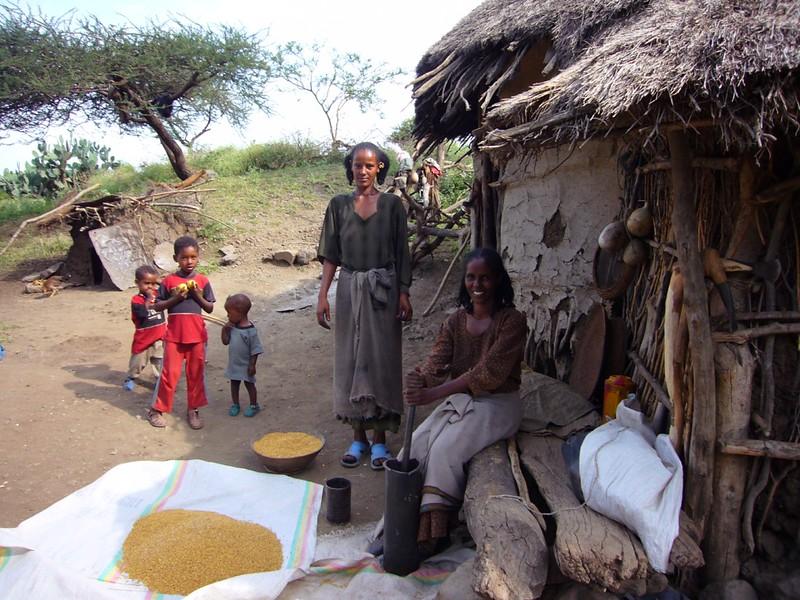Expanded productive safety net

Description of the innovative solution
There is a crucial need for safeguarding vulnerable individuals and families against catastrophic collapse in food access during periods of stress – both acute or prolonged. This innovation includes a range of options that could be applied to various community actors depending on their level of vulnerability and capacity to engage in community support during these periods. Multi-pronged interventions would include direct support (e.g. cash and/or food transfers at the individual, household and/or community level), in-kind resource payments (e.g. food, seeds, materials, skills trainings,) in...
There is a crucial need for safeguarding vulnerable individuals and families against catastrophic collapse in food access during periods of stress – both acute or prolonged. This innovation includes a range of options that could be applied to various community actors depending on their level of vulnerability and capacity to engage in community support during these periods. Multi-pronged interventions would include direct support (e.g. cash and/or food transfers at the individual, household and/or community level), in-kind resource payments (e.g. food, seeds, materials, skills trainings,) in exchange for local infrastructure support when possible (e.g. building roads, on-farm terracing), and credit incentives for producers to focus on high priority nutrition dense crops.
Examples and additional resources
Real-world examples
See this solution in action in different contexts and settings around the world
Ethiopia's Productive Safety Net Program (PSNP)
Support for National Productive Safety Nets and Long-Term Community Resilience
Ethiopia's Productive Safety Net Programme Phase IV Programme Implementation Manual
Additional resources
Learn more about this solution through studies, articles, business cases, and other information
Impacts of Ethiopia's Productive Safety Net Program (PSNP) on dietary health of households
The contribution of Productive Safety Net Program for food security of the rural households in the case of Bale Zone, Southeast Ethiopia
Contacts
Connect to others working on and with this solution around the world
Pathways to uptake
Engage with our “backcasting tool” to imagine and design “pathways to uptake” for this solution in your setting.
This process involves defining a future vision of this solution being used in your context, and then working “backwards” to identify necessary steps to achieve this vision by 2030. Going through this exercise as an individual or with a team can help to clarify the WHAT/WHEN/HOW of moving a solution (or package of solutions) towards having major impact. We hope these pathways will inspire outside-of-the-box thinking, creative approaches, and actionable concrete steps to move ideas into action.
Pathway builder
Explore pathways for this solution
Be the first one and add a pathway for this solution!